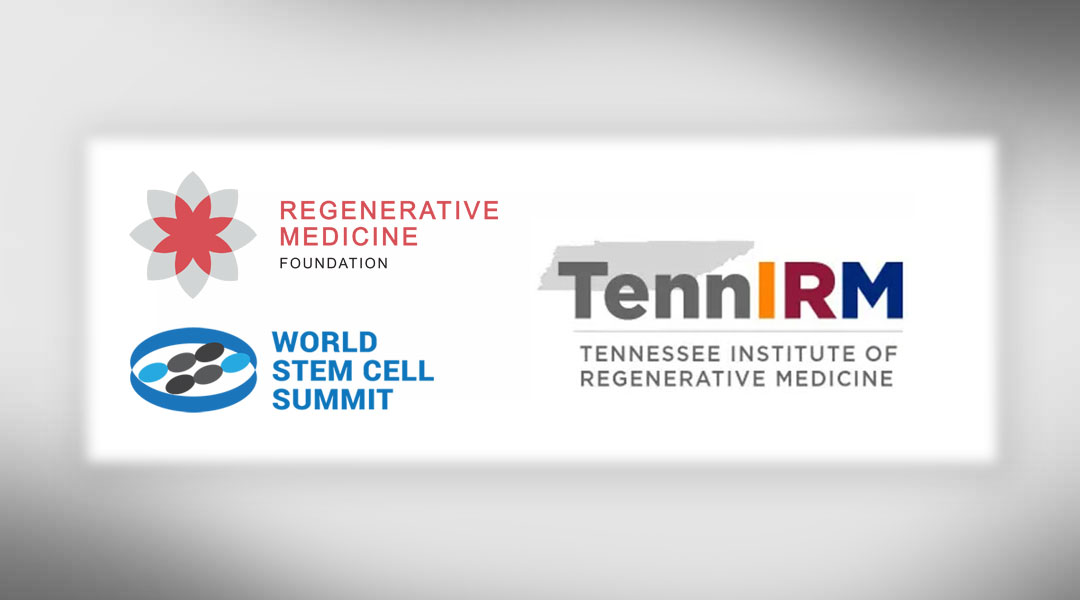by Brian Mattmiller
In order to tap the tremendous potential of CRISPR gene editing technology for reversing human disease, Wisconsin scientists are working with a star pupil.
The human eye — though one of the body’s most complex and intricate structures — happens to be an ideal early candidate for treatments that incorporate CRISPR, the Nobel Prize-winning tool that may help precisely target and alter sequences of DNA associated with disease.

David Gamm, director of UW-Madison’s McPherson Eye Research Institute (McPherson ERI) and professor of ophthalmology and visual sciences, describes a number of important attributes. Eyes are a self-contained, compact system. They are readily accessible to treatments, unlike the brain or other organs. They are somewhat immune privileged, making them less prone to tissue rejection. We have two of them — in case something goes wrong.
And there’s major clinical momentum, Gamm says. A gene therapy called Luxturna — used to treat a rare inherited form of vision loss — recently became the first gene therapy approved in the U.S. that targets a disease caused by mutations in a specific gene.




